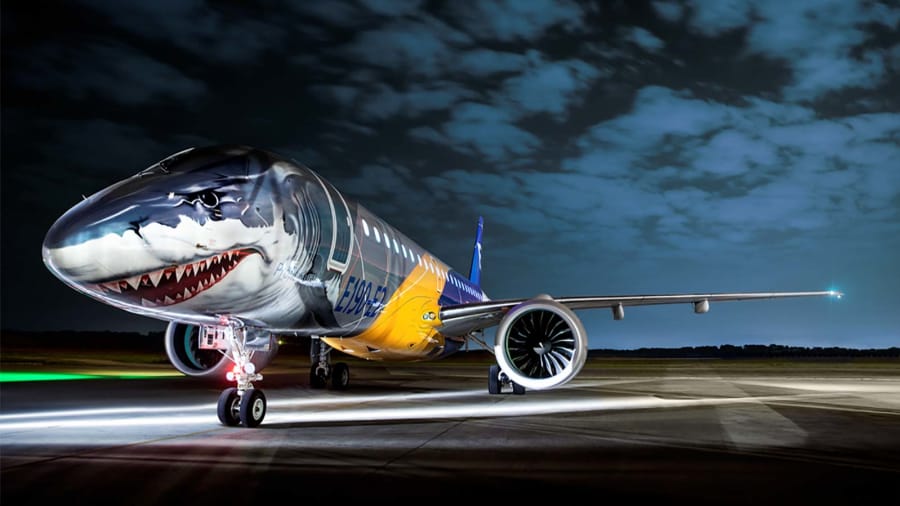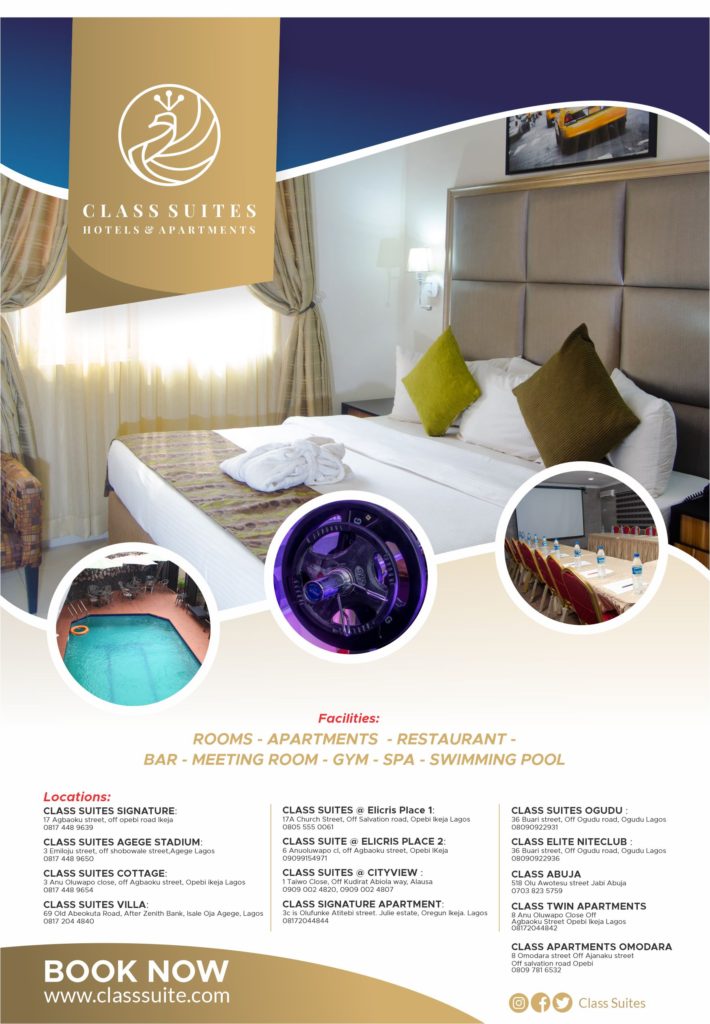News
Will You Fly On This Scary White Shark Aircraft?

No, it’s not some nightmare scenario brought about by severe flooding, but a real-deal Embraer E190-E2 aircraft, painted up in a special great white shark livery.
In recent months, this ferocious flier has been turning heads and starring in travel Instagrams from the Maldives to South Africa while on a world tour and in October, it was spied at Nepal’s Kathmandu-Tribhuvan International Airport following a fly-past of Mount Everest.
Nicknamed the Profit Hunter, this is the show plane for Boeing and Embraer’s E2 family of regional jets, which encompasses the E175-E2, E190-E2, and E195-E2, and it’s stealing some of the attention that’s lately been lavished on its competitor, the Airbus A220.
The A220 series was originally created by Canadian manufacturer Bombardier as the C Series, with the first jets off the line sold to Swiss International Air Lines, which has been flying them since 2016. AirBaltic became the second C Series operator in late 2016, and Korean Air took delivery of its own in December 2017, with Delta also placing orders and planning to commence regular A220 flights in 2019.
However, it was in October 2017 that Airbus announced a partnership with Bombardier, which evolved into a majority stake in the manufacturer and a rebrand of the C Series to A220 during the Farnborough Airshow in July 2018.
The rivalry between the Embraer’s E2 series and the Airbus A220 reached its zenith at Farnborough, when JetBlue Airways ordered 60 A220s over the E2s, to replace its Embraer 190 fleet. First deliveries of these aren’t expected until 2020, but for travelers who have come to know, and perhaps love, the smaller aircraft of the JetBlue fleet (the airline currently only operates Airbus A320s and Embraer E190s), the change to Airbus A220s means losing an overlooked amenity that’s a trademark of Embraer: no middle seats.
Embraer’s country-hopping world tour is the Brazilian aircraft manufacturer’s chance to demonstrate to clients, as well as to the traveling public, that it has new aircraft too, and with technical and comfort advances developed since the early 2000s introduction of the first E-jet generation, of which more than 1,400 currently fly for operators around the world.

















